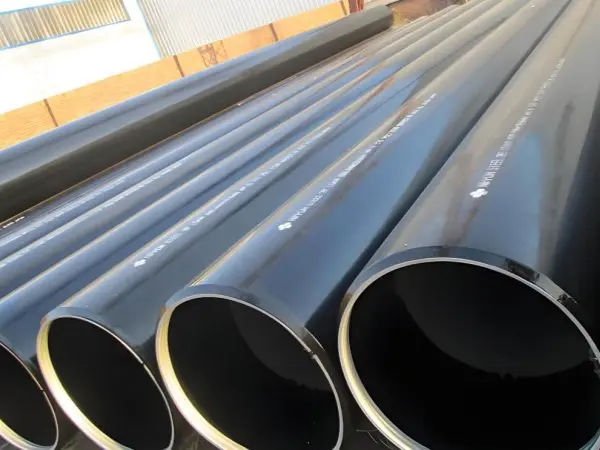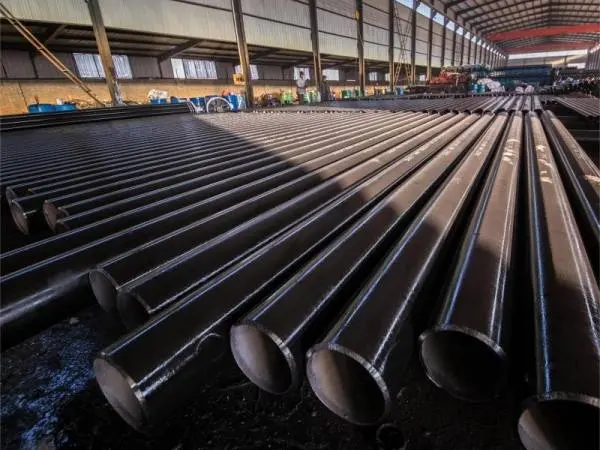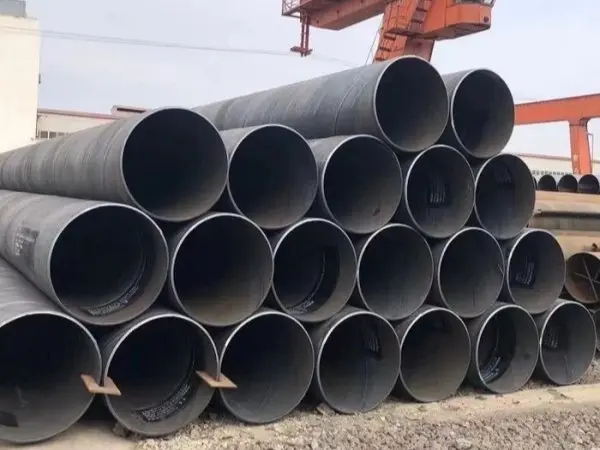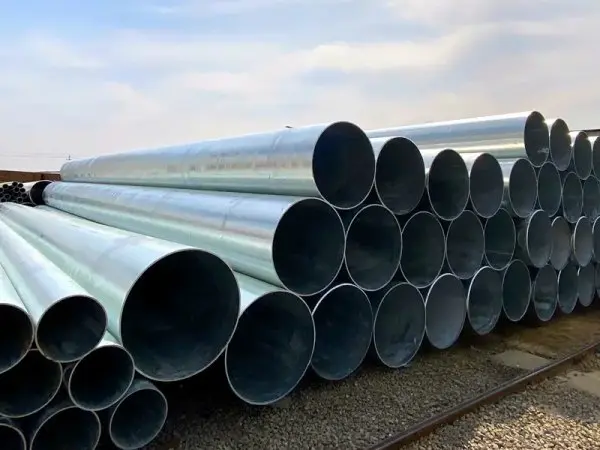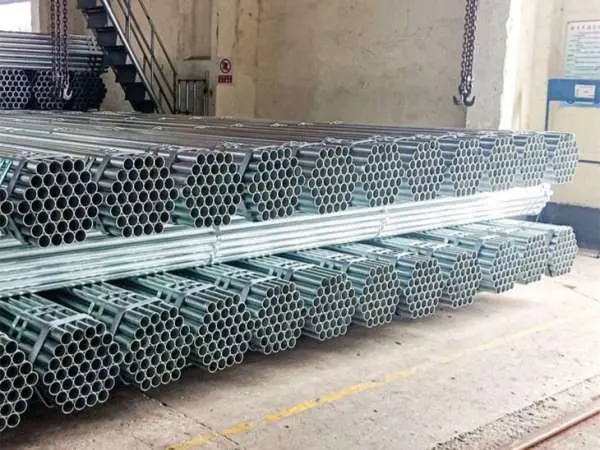- Phone0086 731 8564 8255
- E-mailsales@cscsteel-manufacturing.com
-

ASTM A6/A6M is a standard specification developed by ASTM International for rolled structural steel, including steel plates, sections, sheet piles, and bars used in general-purpose structures. This standard covers a wide range of structural steels, including W-shapes, HP-shapes, M-shapes, and S-shapes. Among them, H-beam steel falls under the category of W-shaped sections.
Continental Steel Co., Ltd is professional H beam manufacturer, for more details, please contact:sales@cscsteel-manufacturing.com
Purpose and Scope
The ASTM A6/A6M standard provides detailed specifications for the dimensions, shape, chemical composition, mechanical properties, and other critical characteristics of H-beams. Its primary objective is to ensure that H-beams meet the quality and performance requirements for a wide variety of construction and engineering applications.
This standard applies specifically to the production, processing, and use of hot-rolled H-beams, offering clear guidelines for quality control throughout the manufacturing process.
Dimensional Tolerances
ASTM A6/A6M outlines strict tolerances for key dimensions of H-beams, including:
Overall height
Flange width
Web thickness
Flange thickness
These tolerances are designed based on expected loading conditions and service environments to ensure structural stability, safety, and reliability in practical applications.
Geometrical Tolerances
The standard also defines geometric tolerances, such as:
Flatness
Parallelism
Angular deviation
These parameters are crucial to the fit, alignment, and performance of H-beams in construction. For example, the standard may specify that flatness must be below a certain value, parallelism must meet defined proportion criteria, and angular deviation must fall within an acceptable range.
Chemical Composition Requirements
ASTM A6/A6M sets precise limits for the chemical composition of H-beams, specifying allowable ranges for various alloying elements. These chemical requirements help ensure the mechanical performance and corrosion resistance of the final product.
Mechanical Property Requirements
The standard specifies comprehensive mechanical performance indicators, including:
Yield strength
Tensile strength
Elongation
Impact toughness
These properties serve as essential metrics for assessing the quality of H-beams, reflecting their strength, ductility, and toughness—all of which are vital for structural applications.
Manufacturing and Quality Control
To meet the ASTM A6/A6M standard, H-beams must undergo multiple production steps and strict quality control measures, including:
Careful selection of raw materials
Controlled smelting and refining processes
Optimized rolling procedures
Proper heat treatment processes
During production, various tests and inspections are conducted to verify consistency, strength, and overall product reliability.
Applications
H-beams produced in accordance with ASTM A6/A6M are widely used in a broad range of industries. In construction, they serve as beams, columns, trusses, and other structural elements. Thanks to their superior mechanical performance and tight dimensional control, H-beams can handle complex load conditions and rigorous engineering demands.
Beyond construction, H-beams are extensively applied in:
Bridges
Highways
Railways
Petrochemical infrastructure
Industrial facilities
Conclusion
The ASTM A6/A6M standard plays a critical role in the production and quality assurance of American standard H-beams. By clearly defining the requirements for dimensions, composition, and performance, this standard ensures that H-beams meet the structural demands of modern engineering. Its implementation not only protects public safety and infrastructure integrity, but also supports the sustainable development of the steel industry through clear guidance and consistent quality benchmarks.
